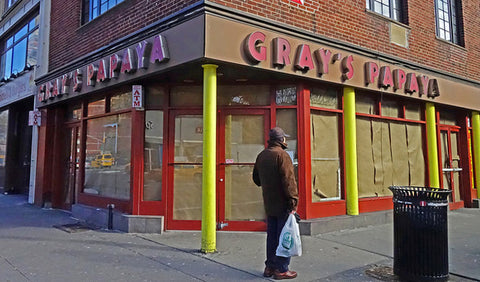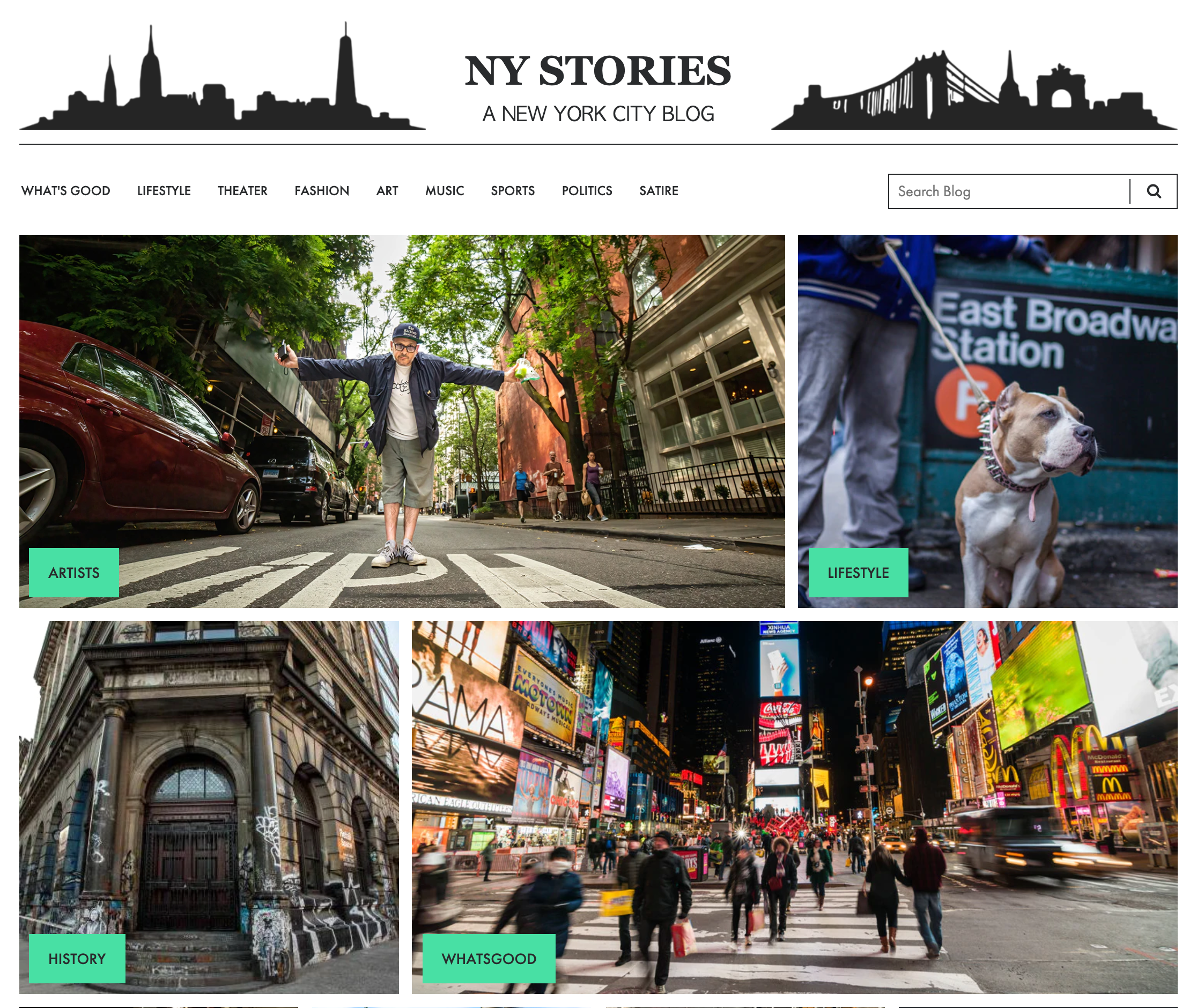
By Maryanne Christiano-Mistretta
What touches people when there’s a voice for the voiceless?
The question is answered in a brief, yet powerful segment each week on “Wake ‘n Bake with Clay Pigeon.” Clay Pigeon is the radio persona of NYC resident, Kacy Ross. The show airs weekdays, from 6 to 9 a.m. Ross’s interviews with NYC’s homeless run weekly, on Tuesday, at 7:15 a.m. Though it’s a brief three-minute portion of the show, it’s certainly commanding—drawing the listener in as Ross asks that significant question, “How did you end up on the street?”
Ross has been taking interviews to the streets for a very long time. Those interview segments began when he did a show in Tampa on WMNF, a non-commercial, community conscious radio station. He worked there from 1998 to 2005. Ross also hosted “The Dusty Show” which was 60 minutes of straight interviews. He was also a featured personality, interviewing everyday NYC citizens, in the documentary film “One October” directed by Rachel Shuman.
“One October” was filmed entirely in October of 2008, when gentrification in NYC was rapidly displacing the working and middle classes. Ross’s persona, Clay Pigeon, talked to a variety of people like Kristin, a young woman who just arrived from the Midwest; Mark, a union construction worker deeply in debt; Nicole, a transgendered woman seeking community acceptance; and Stacie, a single mom living in Harlem—worried about gentrification.
While Ross went out with a camera crew to film “One October,” it was different from going out alone with a cassette player. A lot of people said “no” because they didn’t believe him. That’s how the homeless interviews came to be.
“Homeless people are people who are glad somebody is interested in what they have to say,” he said.
Who Are They?
Talking to homeless people changed Ross’s perception of them. “A lot of times they just dropped out of society and are very intelligent,” he said. “I was just looking for things that were interesting to the audience. What makes it interesting, most people don’t talk to those people. They avoid those people. They are the most interesting people, really. It’s more interesting than a celebrity.”
Ross likes to go deep and get deep fast. He asks the hard questions first. Whether it’s armed robbery or killing somebody, Ross gets the human being out of who he is interviewing. “That’s what touches people,” he said. “People aren’t out there for no reasons. ‘My wife left me.’ ‘I got robbed.’ ‘I lost my job.’ A lot of times, it’s something near and dear to us. Did drugs or alcohol have anything to do with the situation you’re in? I used a lot of drugs in my old days. I’ve been to meetings. I just know that it’s a disease or addiction, whether it’s alcohol, drugs, or set that puts people on the street.”
Ross deems it touching to see how empathetic people are in the audience when they hear the interviews.
Making the Connection and Other Challenges of Street Interviews
According to Ross, people say “no” to the interviews more than half the time. But all he’s looking for nowadays is “one decent energy for the week” compared to when he’d interview 10 or 11 people for “The Dusty Show.” Nevertheless, he explains that it’s much harder than it used to be.
“Everyone is buried in their phones,” he said. “It’s a real challenge. You’re disrupting people. They don’t like that.” It’s also hard to find a quiet place in a very loud city.
If Ross senses that a homeless person is mentally ill, he doesn’t want to exploit them. “They might be interesting for their outrageous factor, but it’s not really fair to put them on the air.” He also feels women can be weary seeing a man coming towards them, so he’ll only approach them if they’re in a group.
Covid also made it three times as complicated for Ross to conduct interviews, so he’s been replaying old ones on the air. It’s also a challenge in the winter when it’s only 20 degrees outside.
“You gotta vibe it,” Ross said. “They’re sometimes hostile to me. It’s trying to find someone receptive to talk to, to begin with.”
The Harsh Veracity
Explaining the goal of his homeless segment, Ross shared, “A lot of us are sheltered. We’re pretty lucky. We have jobs. We have a roof over our head. I’m a white male. I have every advantage possible. People are eating out of garbage cans. Sometimes they smell so bad, I can’t even get near them. I want to confront them [his listeners] with these peoples’ realities. When I walk to work…Sixth Avenue, it’s a homeless camp.”

Still shot from "One October" (Photo Courtesy of Rachel Shuman)
The Optimism Ross Brings to the Table
In contrast to exposing the realism of the homeless, Ross’s persona of Clay Pigeon offers a bright side—a very positive ambiance, topped off with great indie music from all decades. “Bringing a friendly, lovely, positive vibe to the show every day is why the show is successful. Making the listeners feel special; each one does matter,” Ross said.
Ross was raised in Audubon, Iowa. His brother and cousin were radio personalities. “I followed in their footsteps,” he said. “You grow up talking to everyone. You become good at conversation. That vibe is what I wanted to bring to the show. Let’s give it that small town person vibe.”
Ross relocated to New York in 2007, where he lives with his wife, illustrator Kirsten Ulve.
For more information on “One October” visit: http://oneoctoberfilm.com/
Articles You May Like
-

Manhattan Keeps on Bakin' It: New York Pizza 101
Pizza is my heart. My dad used to make them at an old school brick oven spot called Zino's in Cincinnati. The smell of that crust was intoxicating. He would bring a pie home from there or a another spot name La Rosa's with a sweet tomato sauce that was like, ambrosia almost every night. I can see... -

Vegan Fridays Debut in NYC Schools
By Maryanne Christiano-Mistretta New York City mayor Eric Adams eats mostly vegan meals. He recently stated to the press, "The more plant-based meals you eat, the healthier you will be." Inspired by his own success of eating better, he began a new policy, Vegan Fridays, which introduced vegan m... -

MTA Needs to Cough Up the Cash for Subway Safety
By Maryanne Christiano-Mistretta New York City is hyped as having “the best” public transportation system in the United States, mainly for its subways which run 24 hours a day, seven days a week. Over 4.5 million passengers commute on the subway. But are we really “the best”? How can anyone say “...









Comments